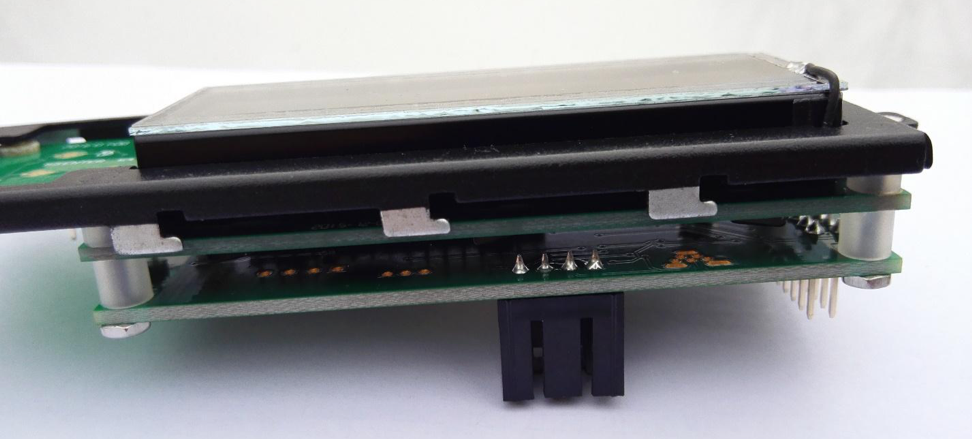Phoenix Display International (PDI) had been working with Citrix, a global provider of digital solutions, for five and a half years. The relationship started over the need for the PDI team to solve Citrix’s delivery and cost issues, but when a new project was introduced in 2014, there were new requirements that could not be satisfied by the current available products.
The Problem: Inability to Meet High ESD Requirement
Citrix had been leaning on PDI’s expertise for an existing program for quite a while but needed the company’s support with a new program that was in development. Because of past performance, PDI was one of two suppliers for this next generation design.
However, along with this new system came some new - and difficult - requirements. One of these criteria was an extremely high electrostatic discharge (ESD) requirement. ESD was making its way from the front housing into the display module IC which was disabling the display.
PDI evaluated the overall design and implemented the typical ESD enhancing features to help with this issue. But during the process, the team realized that by doing this and improving the ground paths throughout the display, it inadvertently also gave the ESD charge an improved path directly into the controller integrated circuits (IC), thus further reducing the performance and reducing the overall ESD tolerance of the display module.
Without meeting this new higher ESD requirement, a large portion of Citrix market would be closed. There was a plan to get rid of the display entirely since it didn’t seem likely that either supplier could meet this ESD requirement, leaving Citrix with a lower performing system without a display.
The Solution: Creative ESD Management
PDI didn’t want Citrix to give up on the display, so the PDI product team flew out to visit Citrix. They looked at the whole system in order to apply the fundamental rules of ESD management: absorb and/or distribute the static charge. PDI considered all the ways in which they could absorb the ESD. Because of the high requirement, this would’ve ended up requiring a pretty significant series of resistors and diodes, which would then add considerable cost. So the team shifted their focus from absorbing to dispersing the charge away from the IC.
By being on sight, PDI was able to work directly with the design and integration team, and modify the outline of the design to include a conductive cover-glass which would not obstruct the optical performance of the display. So instead of the ESD going directly through the LCD glass, this charge went into the cover-glass and was then wired to the chassis of the entire product.
This conductive path was made through the existing mechanical connection point as well, so that this solution did not add a single additional assembly step to the end customer. It also freed Citrix from having to take on any extra work or make any design changes themselves.
The Results: Citrix Exceeded the ESD Requirement, Retained the Display and Opened the Product to their Entire Market
After making the changes to the display, PDI tested the part and found they were now getting one-and-a-half to two times greater performance than the ESD requirement asked for. This was a great win for Citrix, as the company could now incorporate an LCD display and open up the product to their entire market. The ESD requirement no longer limited them, and they could continue using the display to enhance their product’s functionality.

PDI was proud to solve this problem for Citrix, providing a custom solution for their exact needs. If you’d like to learn more about PDI’s custom solutions, please contact us any time.






